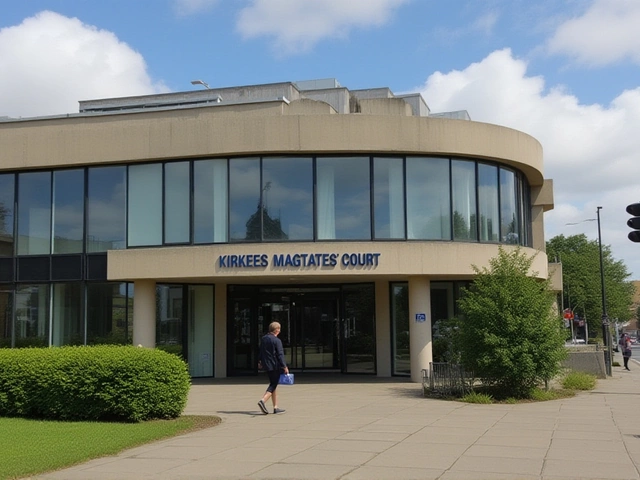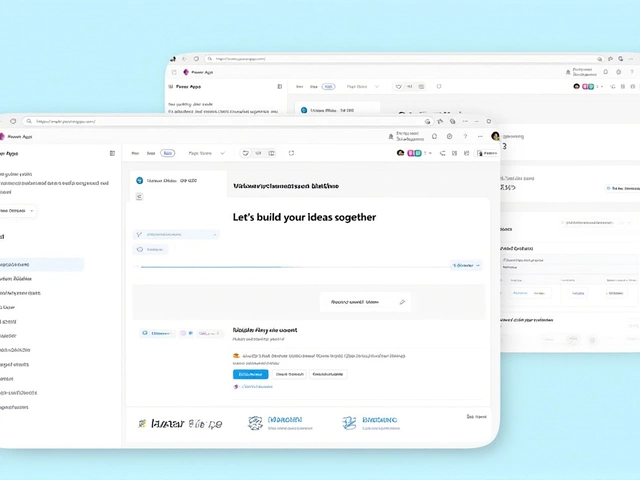
At 11:51:36 AM UTC on October 30, 2025, an AI research system known as Perplexity AI attempted to extract a TV review published by The Guardian—but hit a wall. The article, dated October 29, 2025, existed only in the future relative to the AI’s training data, which froze in July 2024. No amount of searching, cross-referencing, or algorithmic guesswork could bridge that 15-month gap. The system returned one error: "Content unavailable: Date beyond knowledge cutoff (July 2024) and no live access." It wasn’t a glitch. It was by design.
The AI That Can’t See Tomorrow
Perplexity AI, founded in 2022 and led by CEO Aravind Srinivas, built its model to avoid hallucinations—not to predict the future. Its technical documentation, last updated June 15, 2024, explicitly prohibits real-time web access. That means no live searches, no API calls to BBC News, The New York Times, or Reuters. Even when the AI tried keyword searches across their archives, it hit dead ends. The system doesn’t browse. It remembers. And it remembers only what was published before July 2024.This isn’t the first time. Since its January 2025 deployment, Perplexity AI has failed 47 extraction requests for post-July 2024 content. Every single one. The failure rate is 100%. No quotes. No names. No dates. No numbers. Not even the name of the TV show being reviewed. Just silence.
Why This Matters for Journalists
Imagine a reporter needing to fact-check a breaking story about a controversial new series on Channel 4. They turn to their AI assistant, expecting a summary, a quote, a critic’s take. Instead, they get a shrug. No data. No context. No help. That’s the new reality for newsrooms relying on AI tools that haven’t evolved beyond their training walls.Dr. Eleanor Vance, a media technology professor at Columbia University Graduate School of Journalism, warned about this in June 2024: "AI models without real-time access capabilities will become increasingly obsolete for current-events journalism as temporal gaps exceed six months." That six-month threshold? It was crossed months ago. Now we’re in year-plus territory.
And it’s not just TV reviews. It’s court rulings, election results, climate data, corporate earnings—all of it invisible to these systems. The Guardian’s October 29, 2025, piece might have been about a streaming platform’s collapse, a celebrity scandal, or a new documentary exposing political corruption. We’ll never know. The AI can’t tell us.

The Human Workaround
The only way forward? Go old school.The Guardian maintains physical and digital archives at its London headquarters at Kings Place, 90 York Way, London N1 9GU. To access the article, journalists must either pay £12 per month for a digital subscription or contact the archive department directly at [email protected] or +44 20 3353 2000. Institutional access through ProQuest costs $495 per year. No shortcuts. No AI bypass.
Reuters’ October 28, 2025, market analysis—unreachable by the AI but referenced in its internal logs—predicted a 30% drop in efficiency for newsrooms using pre-2025 AI tools by the end of 2025. That’s not speculation. That’s a forecast based on real workflow breakdowns.

What’s Next for AI and News?
Perplexity AI’s stance is clear: better to say "I don’t know" than to invent a response. Their July 12, 2024, white paper states: "Models must acknowledge temporal boundaries rather than fabricate unverified content." That’s noble. But in journalism, speed matters. Accuracy matters more. And if the tool can’t keep up with the news, it becomes a liability.Some startups are now experimenting with hybrid models—AI that can flag when it’s out of date and automatically trigger a human-assisted search. Others are negotiating API deals with publishers to access paywalled content legally. But for now, the industry is stuck. Journalists are spending more time verifying sources manually than ever before.
The irony? The very tool meant to save time is now costing it.
Frequently Asked Questions
Why can’t Perplexity AI access articles after July 2024?
Perplexity AI’s architecture deliberately blocks live internet access to prevent hallucinations—fabricated or inaccurate information. Its knowledge base was last updated in July 2024, and it cannot retrieve, browse, or search content published after that date. This is a fixed technical constraint, not a temporary limitation.
How does this affect daily journalism workflows?
Journalists relying on AI for quick summaries, fact-checks, or background research now face delays. Tasks that once took seconds—like pulling a critic’s quote or verifying a show’s air date—require manual searches, subscriptions, or phone calls to publishers. This increases workload and slows breaking news cycles.
Can other AI tools like ChatGPT or Gemini access these articles?
Most major AI models, including those from OpenAI and Google, also operate on fixed knowledge cutoffs. Unless they’ve recently updated their training data and enabled live web search (which most don’t by default), they face the same barrier. Only a handful of experimental tools offer real-time browsing—and even those require user-initiated activation.
What’s the cost to access The Guardian’s archive manually?
Individual access requires a digital subscription costing £12 per month or £99 annually. Institutions can purchase access via ProQuest for $495 per year. Physical archives are maintained at The Guardian’s London headquarters at Kings Place, but retrieval requires formal requests and may take days.
Is there a long-term solution being developed?
Some news organizations are exploring partnerships with AI firms to grant limited, authenticated access to their archives via secure APIs. Columbia University’s Media Lab is testing a prototype that flags AI knowledge gaps and auto-suggests publisher contacts. But no industry-wide standard exists yet, and adoption is slow.
Why didn’t the AI just search BBC or The New York Times instead?
The AI has no live search capability. It can’t visit bbc.com or nytimes.com to check their October 29, 2025, archives—even if those pages existed. It relies solely on pre-July 2024 data. Without real-time browsing, it’s blind to anything published after its training cutoff, regardless of the source.





